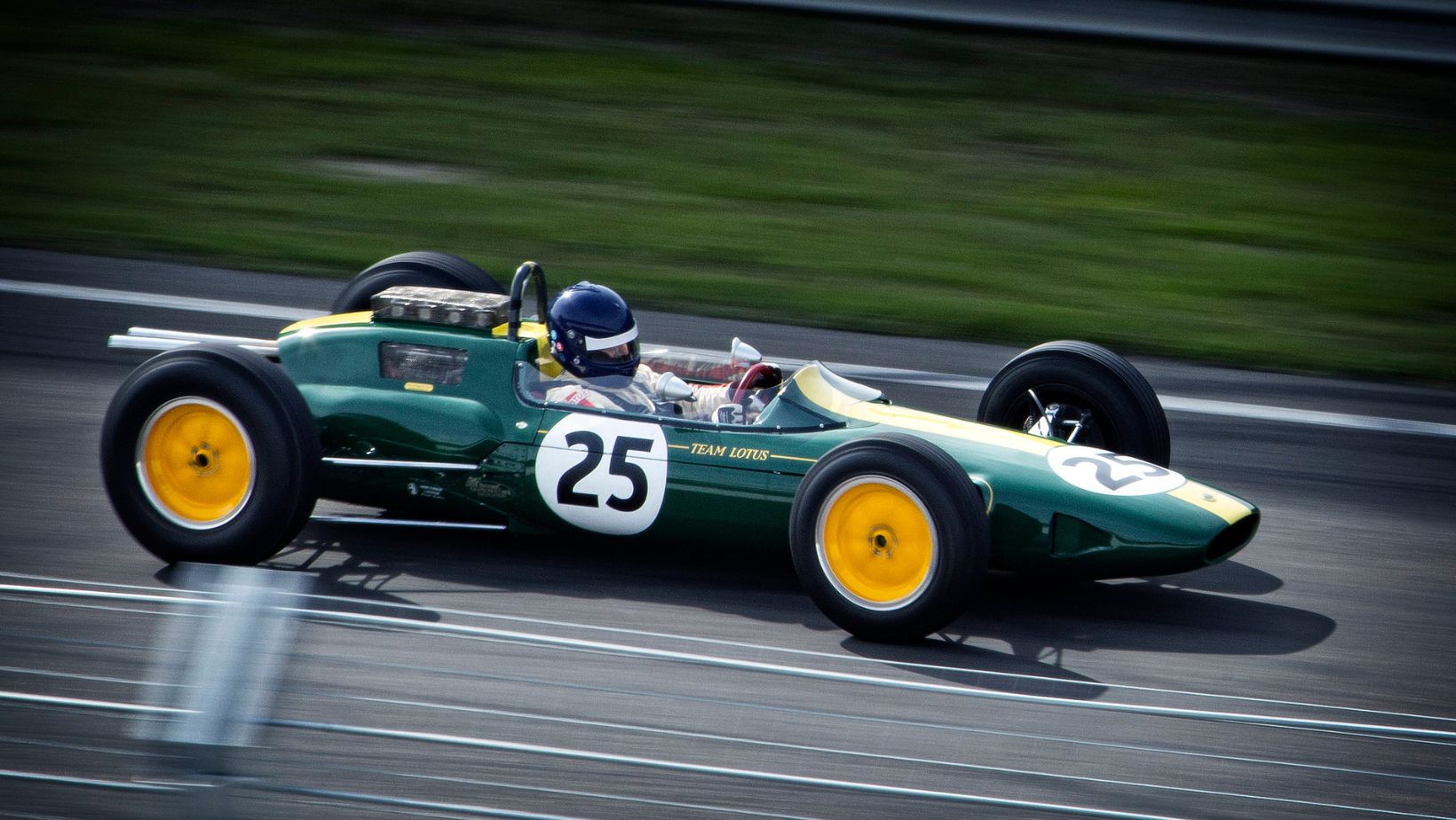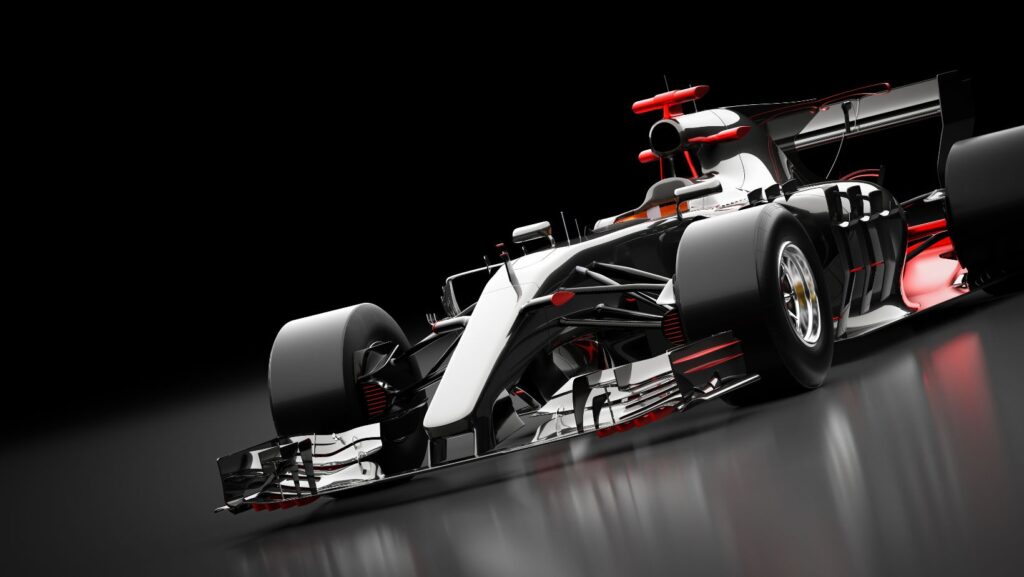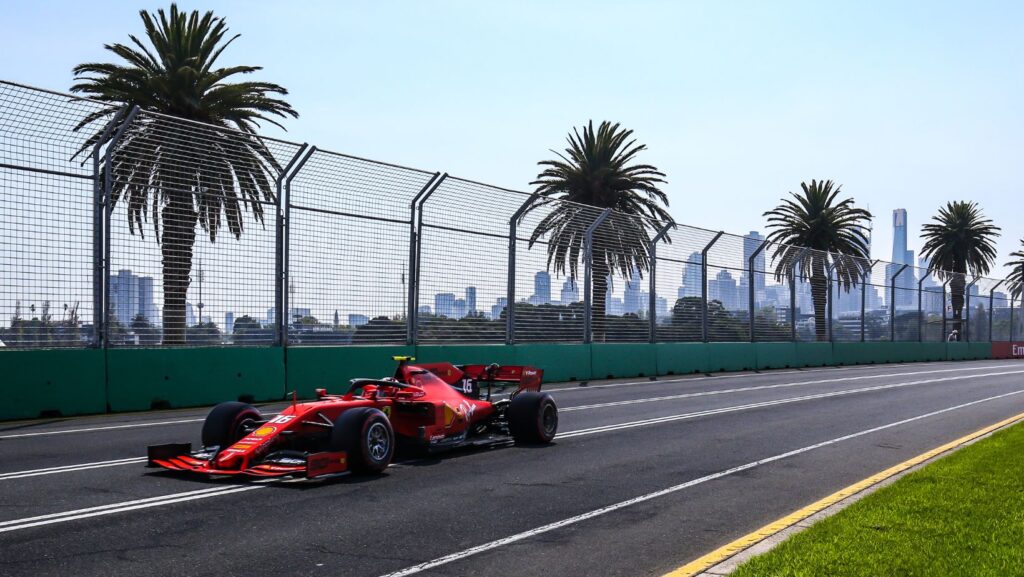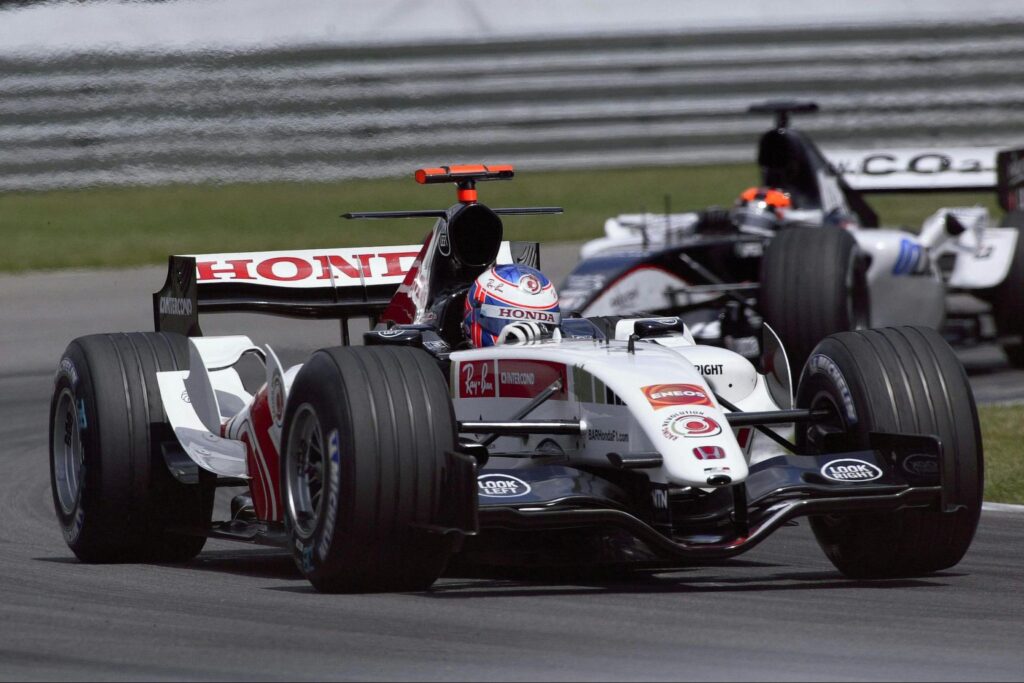Formula 1 (F1) cars are marvels of engineering designed to achieve extraordinary speed and precision through advanced aerodynamics. From managing airflow to balancing drag and downforce, every detail is optimized to push the boundaries of performance. To truly appreciate the innovations driving F1, explore insights like those you’d find on this website, where even complex topics are made accessible and engaging, much like understanding the art of casino games.
The Fundamentals of Aerodynamics in F1
Aerodynamics is the study of how air interacts with solid objects. For F1 cars, managing airflow is critical to minimizing drag and maximizing downforce—two opposing forces that must be balanced for optimal performance.
What Is Drag?
Drag is the resistance caused by air as a car moves forward. While some drag is inevitable, reducing it is crucial to allow the car to accelerate faster and maintain higher speeds. F1 engineers work tirelessly to streamline the car’s body, using computational fluid dynamics (CFD) and wind tunnel testing to refine every detail.
The Role of Downforce
Downforce is the force pushing the car downward, increasing grip and stability. Achieved through the clever design of wings, diffusers, and bodywork, downforce ensures that cars can corner at blistering speeds without losing traction. Striking the right balance between downforce and drag is a constant challenge in F1.
Key Aerodynamic Components of F1 Cars
Every part of an F1 car is designed with aerodynamics in mind. Each component contributes to controlling airflow and enhancing performance.
Front and Rear Wings
The front and rear wings are the most recognizable aerodynamic components. The front wing directs airflow around the car while generating downforce for better steering. Meanwhile, the rear wing focuses on stability, helping the car maintain control at high speeds.
Diffusers
Located at the rear underside of the car, the diffuser works by accelerating air exiting underneath. This creates a low-pressure zone, increasing downforce without adding drag. The diffuser is a vital part of the car’s ability to “stick” to the track.
Bargeboards and Sidepods
Bargeboards and sidepods manage turbulent air and channel it toward critical areas of the car. By controlling airflow around the vehicle’s sides, these components minimize drag and improve overall efficiency.
Advanced Aerodynamic Technologies in F1
Modern F1 cars employ cutting-edge technologies to push the boundaries of aerodynamics even further.

Computational Fluid Dynamics (CFD)
CFD simulations allow engineers to visualize and test how air flows over the car. This virtual testing environment speeds up the development process and provides invaluable data to fine-tune designs before physical testing.
Drag Reduction System (DRS)
The DRS is a movable rear wing flap that reduces drag on straight sections of the track. By flattening the rear wing, DRS enables cars to reach higher speeds, making it a critical tool for overtaking during races.
Ground Effect
The ground effect involves manipulating airflow beneath the car to create a vacuum-like force, significantly boosting downforce. While it was heavily restricted for years, modern F1 regulations have reintroduced ground-effect principles, leading to a new era of aerodynamic innovation.
Balancing Aerodynamics with Regulations
The quest for aerodynamic excellence is constantly shaped by F1’s evolving regulations. Governing bodies impose strict rules to ensure fair competition and prioritize safety. These rules often challenge teams to find innovative solutions within tightly defined parameters.
Budget Cap and Aerodynamic Restrictions
Recent budget caps and wind tunnel restrictions have added an extra layer of complexity. Teams must now achieve maximum aerodynamic efficiency while operating under financial and time constraints, leveling the playing field for smaller teams.
Adapting to Changing Tracks
Each F1 circuit presents unique aerodynamic challenges. High-speed tracks like Monza demand low-drag setups, while twisty circuits like Monaco require maximum downforce. Engineers must adapt car designs to suit these varying conditions, ensuring peak performance across the calendar.
The Impact of Aerodynamics on Race Strategy
Aerodynamics doesn’t just shape the car—it also influences race strategy. Teams analyze how their setups will perform in specific weather conditions, track layouts, and compete against competitors.
Tire Management
Aerodynamics plays a vital role in tire wear. Overloading the tires due to improper downforce balance can lead to faster degradation, compromising race performance. Engineers carefully adjust setups to prolong tire life while maintaining speed.

Slipstreaming and Overtaking
The aerodynamic phenomenon of slipstreaming, where a car gains speed by reducing drag while following closely behind another vehicle, is a crucial aspect of overtaking. Teams use this technique strategically to maximize straight-line speed during races.
Aerodynamics: The Winning Edge in F1
Aerodynamics is more than just science—it’s the key to success in F1. It enables cars to perform at the edge of physics, achieving feats that seem almost superhuman. By understanding and optimizing airflow, F1 teams gain the competitive edge needed to secure victories.
From advanced simulations to innovative designs, aerodynamics continues to drive F1 into the future. It’s a relentless pursuit of perfection, where every detail matters and every second counts.
Conclusion: The Role of Aerodynamics in F1 Excellence
F1 cars are engineering masterpieces, with aerodynamics at the core of their performance. By mastering the interplay of drag, downforce, and airflow management, teams unlock the potential of their machines, setting new benchmarks in speed and precision.
Whether you’re a fan or a budding engineer, the world of F1 aerodynamics offers endless fascination. It’s a testament to what can be achieved when science and sport come together, pushing the limits of human ingenuity.



